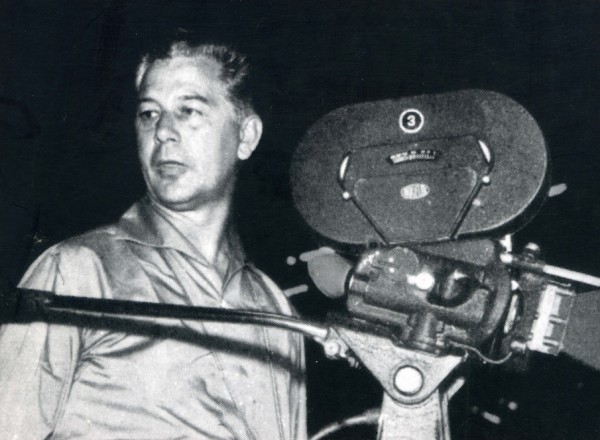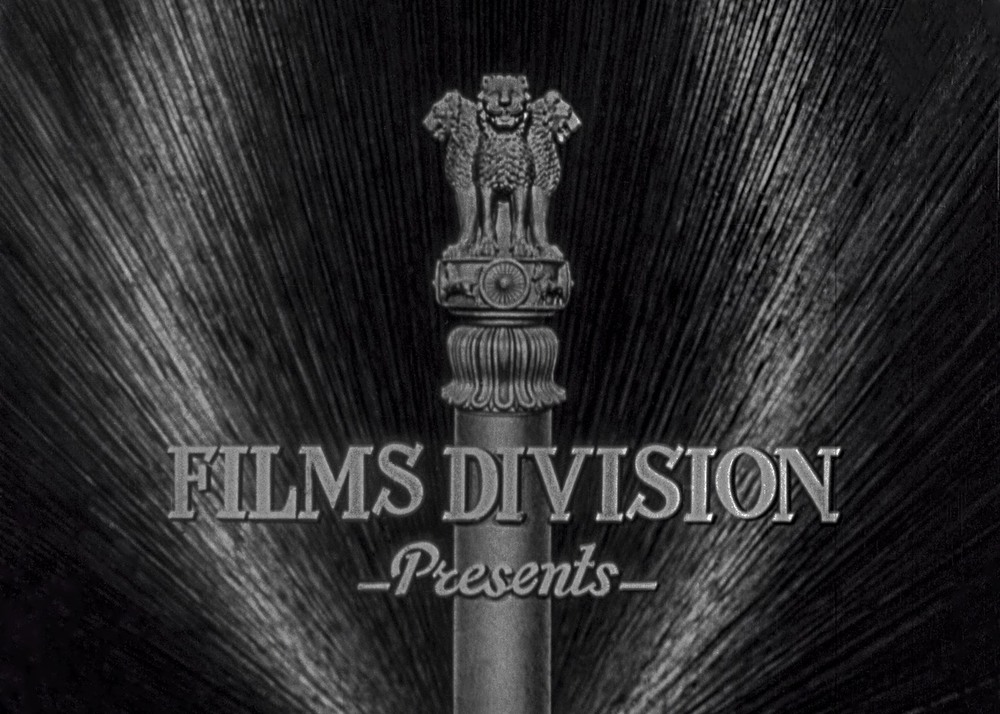On the historic midnight of Independence of August 14/15 1947, India finally became independent. But there was no official film unit of the Government of India to record the midnight ceremonies and subsequent nationwide celebrations. It was left mostly to newsreel cameramen of London, New York, Paris and other cities to converge to New Delhi to record the events. Dr PV Pathy managed to coax Ambalal J Patel, who provided a multi-purpose film unit with two cameras and sound equipment. Thus it was left to ‘Independents’ to film Nehru’s ‘tryst with destiny’ speech along with international newsreel cameramen.
It was in December 1947 that the Standing Finance Committee of the Government of India approved of the scheme for the revival of a film producing and distributing organization as a mass media unit of the Ministry of Information and Broadcasting. This was largely due to the wisdom and foresight of Sardar Patel, then Home Minister who was also in charge of the Ministry of I & B. So the decision was made by the Government to revive Information Films of India (IFI) but geared in a manner to fulfil the needs of Independent India.
In April 1948, the Films Division was formed and described as ‘the official organ of the Government of India’ for the production and distribution of information films and newsreels.’ The Documentaries were to be released under the banner of ‘Documentary Films of India; while the newsreels were given the trade name of ‘Indian News Review.’ Mohan Bhavnani was appointed as Deputy Controller of Documentaries in July 1948. Later he was re-designated as Chief Producer (Documentaries). In the same month, SL Badami was appointed in charge of newsreels and he was also re-designated as Chief Producer (Newsreels).
By November 1948, most of the staff was recruited and the Films Division started functioning. From June 1949, the Films Division started regular distribution of newsreels and documentaries through its own distribution set-up. Films were dubbed in 5 languages – English, Hindi, Bengali, Tamil and Telegu and 97 films were produced in 1949-50. Films Division soon became one of the most important sources of public information and tried to reach out to people in the remotest corners of India. Its early work used imagery today considered typical of the iconography of the Nehru era.

With its centralized set-up, its huge infrastructure and its weekly releases, the Public Sector had become well entrenched in India. The Independents meanwhile felt they should get together and consolidate their position. If they banded together, they could demand more effectively for the allocation of the production of a certain number of films for the Private Sector as was the case of the IFI and at better rates too. Thus a handful of them met at the Cricket Club of India in 1949 among them Paul Zils. Zils, a German by birth, had worked under FW Murnau and had made documentaries in Hollywood, Bali and Tokyo. After the ship he was travelling in was torpedoed, the British brought him to India. He got a berth in the IFI as the head of its External Services Unit. When the IFI closed down, Zils started the Documentary Unit of India (DUI). PV Pathy joined him as cameraman Later came Fali R Bilimoria who became his professional collaborator and partner in DUI and its successor concern Art Films of Asia (AFA). Under the banner of DUI and later AFA, they produced over 60 documentaries, many of which were screened in International Film Festivals at Edinburgh, Berlin, Cannes, Locarno etc. and won awards as well. Some of their important films are A Tiny Thing Brings Death, Mother, Child, Community and A Village On Travancore.
Special mention must be made here of Burmah-Shell one of the most enlightened sponsor of the short film. They made a lot of training films, sales promotion films which were strictly utilitarian. But they also made for prestige value, films of outstanding merit. James A Beveridge of the National Film Board of Canada and a protege of Dr John Grierson, planned the Burmah-Shell Films.
In 1956, Ezra Mir took over charge as Chief Producer of Films Division. During his 5 year tenure, Films Division produced over 400 documentaries.
The coming of Jehangir Bhawnagary to Films Division for a second time in 1965 (he was earlier Deputy Chief Producer of Films Division from 1954-57) was like a shot in the arm. Filmmakers like S Sukhdev, regarded as arguably India’s finest ever documentary maker, and SNS Sastry came into their own and exciting films produced under Bhawnagary during this period. 1967 was, in particular, a brilliant year for Films Division with some wonderful, perceptive documentaries like SNS Sastry’s I Am 20, Fali Bilimoria’s The House That Ananda Built, S Sukhdev’s India 1967 and MF Husain’s Through The Eyes Of A Painter among others.
In the 1980s Films Division, following the success of their three hour film on the Asiad in New Delhi in 1982, undertook several such long films like the Indo-Soviet co-production on Nehru, a collaborative effort between Shyam Benegal and the Soviet Director A Aldokin. Benegal also made a three hour documentary on Satyajit Ray, one of India’s greatest film directors. The post-Emergency has also seen independent documentaries being made by ‘Film Activists.’ These films focus attention on socio-economic problems and have had to face much trouble from Governmental Authorities. Though outside and well-known filmmakers have made films for Films Division, the bulk of its enormous output is in fact by in-house filmmakers.
With the advent of video and particularly DV, today the entire scenario of documentary filmmaking of India has changed. More and more independent filmmakers and organizations are making their own documentaries. While continuing to make documentaries, Films Division organized the inauguaral International Film Festival for documentaries, short films and animations in both film and video formats at Mumbai in 1990, where much of this work was seen along with short films, animations and documentaries made internationally. The Festival, competitive in nature, also includes retrospectives of Master Documentary Filmmakers the world over and has an International Film Market to help filmmakers sell their films. The Festival has become so successful that it is now held every two years in Mumbai.



Would like to know about the film Four Families by Margaret Mead and Kamala Kosambi Bhoota,s role in assisting Margaret Mead and Paul Zils